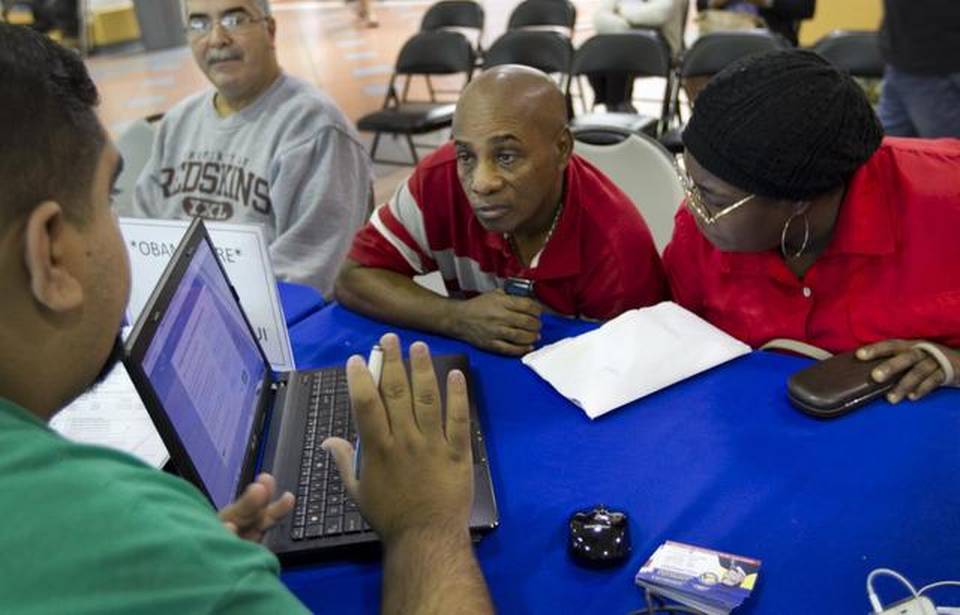
Obamacare Enrollment Begins Saturday
By Nicholas Nehamas and Daniel Chang, Miami Herald
November 13, 2014
When consumers start signing up for 2015 health coverage under the Affordable Care Act on Saturday, they may feel overwhelmed by the number of choices available on the exchange: Insurers are offering 278 different health plans across Florida, including about 90 each in Miami-Dade and Broward counties, and 24 in Monroe.
For those who enrolled last year, healthcare experts are stressing the importance of re-selecting a plan — something most consumers don’t do — in order to avoid higher insurance costs and ensure that the plan still provides access to preferred hospitals and trusted doctors
And since the health law calls for increases in premium contribution amounts, out-of-pocket limits and tax penalties in 2015, consumers should consider updating their annual income and other information in order to avoid unpleasant surprises, said Karen Pollitz, a senior fellow at the Kaiser Family Foundation, a nonprofit focusing on national health issues.
“It’s a good idea for consumers to check in, see what’s being offered and what it costs, and make an active decision about whether to keep their current plan or change,” Pollitz said.
One change certain to affect nearly all consumers receiving federal financial aid — about 85 percent, or 6 million of the estimated 7.1 million Americans on the ACA exchange — is the amount of their government subsidy.
The U.S. Supreme Court announced last week that it would hear a challenge to the legality of subsidies offered through the federally run exchanges in 36 states, including Florida. A decision is not expected until spring at the earliest.
Pollitz cited a number of reasons why consumers will see a difference in the amount of financial help they receive next year compared to 2014, among them an adjustment to the federal poverty level for 2015.
But the biggest reason, she said, is a change in the cost of the second-lowest-priced mid-range plan in each county — the so-called “benchmark plan” used to determine the amount of financial help each consumer receives.
In Miami, the price of the benchmark plan for a hypothetical 40-year-old non-smoker earning $30,000 per year is scheduled to increase by 1.8 percent, from $269 a month in 2014 to $274 in 2015, according to a Kaiser analysis.
In 2014, that consumer would have received a government subsidy of $60 a month toward his premiums. However, because the price of the second-lowest-priced mid-range plan increased in 2015, so will that consumer’s subsidy — to $66 a month.